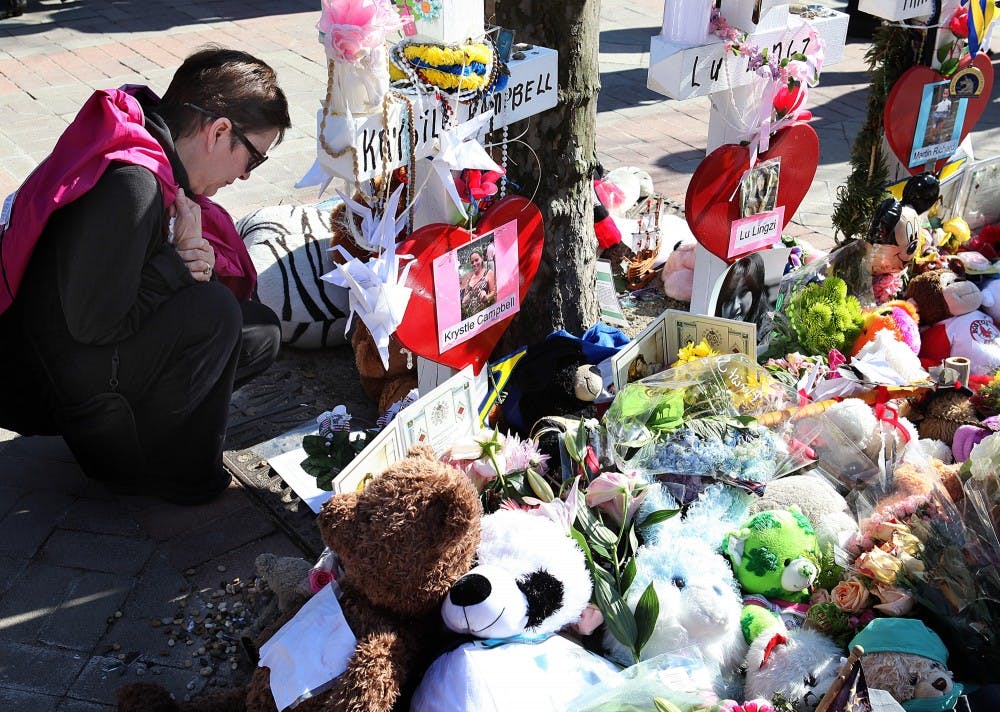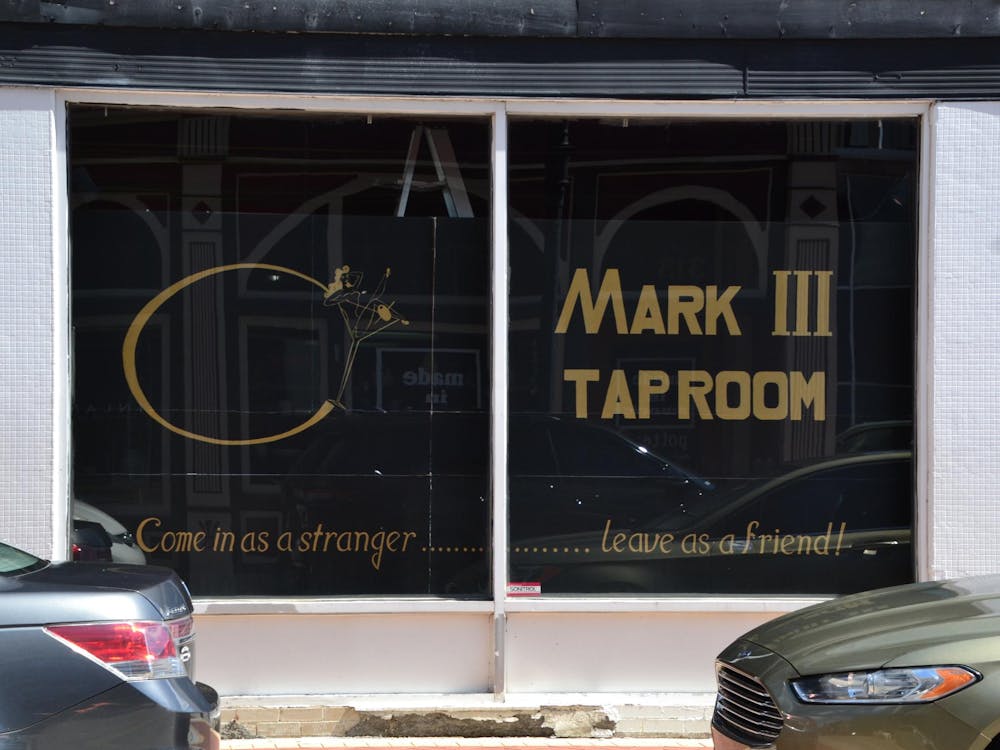BOSTON — A year after twin pressure-cooker bombs shattered the marathon and paralyzed the area for days, federal prosecutors say they have a trove of evidence ready to use against the surviving suspect, but many questions remain.
What roles did Dzhokhar Tsarnaev and his older brother, Tamerlan, play in planning and orchestrating the attack? Would they really have launched a second attack in New York? Did federal authorities underreact to a warning from Russia that Tamerlan Tsarnaev was becoming radicalized?
With Tamerlan Tsarnaev killed in a police shootout days after the attack, some of those questions may never be fully answered.
“The obvious one is the motivation and how could two young men who were in a country that, from all appearances, was very good to them end up this radical?” said former Boston Police Commissioner Ed Davis, who helped lead the investigation.
The bombings last April 15 killed three people and injured more than 260 near the finish line of one of the world’s most famous marathons. At least 16 people lost limbs.
Dzhokhar has pleaded not guilty to a 30-count federal indictment that carries the possibility of the death penalty.
Dzhokhar’s defense team, which includes two of the nation’s top anti-death penalty lawyers, appear to be building a case that Tamerlan, 26, was the driving force behind the bombings. In court documents, they’ve focused on Dzhokhar’s young age — 19 at the time of the bombings — and the influence his older brother had on him.
Luis Vasquez, who helped coach Dzhokhar’s soccer team in high school, said both brothers appeared to be good people when he knew them. The death penalty, he said, would be the easy way out.
“That event should eat at him,” Vasquez said. “If we kill him, he will take those answers with him.”
Three days after the bombings, the FBI released photos of the Tsarnaevs from surveillance video near the bombing sites. Hours later, authorities say, the brothers shot and killed a Massachusetts Institute of Technology police officer in an attempt to steal his gun, then carjacked a Cambridge man.
A week later, former New York Police Commissioner Raymond Kelly said Dzhokhar Tsarnaev told investigators from his hospital bed that he and his brother decided that night to drive to New York City and launch a second attack.
Authorities said the brothers drove to nearby Watertown, where a wild gun battle with police erupted on a quiet side street, with the brothers shooting at officers and throwing three pipe bombs and one pressure-cooker bomb.
Tamerlan Tsarnaev was killed, but Dzhokhar escaped on foot, leading to an unprecedented lockdown of Greater Boston. Dzhokhar, wounded from gunfire, was found later that day hiding in a dry-docked boat in a backyard.
Authorities said Dzhokhar wrote in pen on the inside wall of the boat explaining that the bombing was meant to punish America for its actions overseas.
Related articles:




